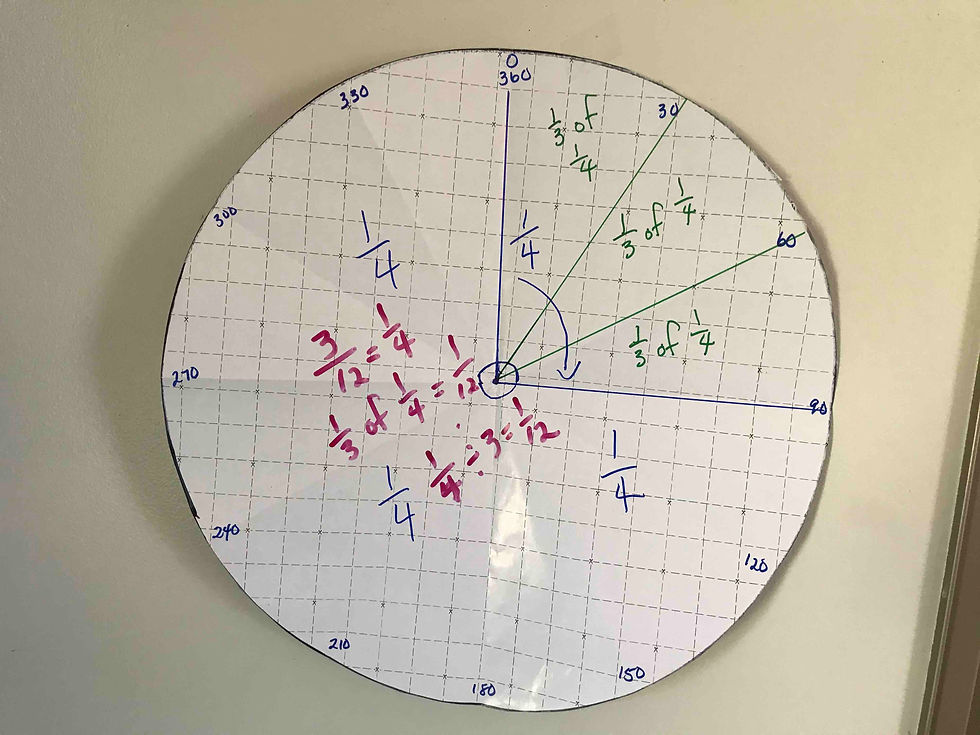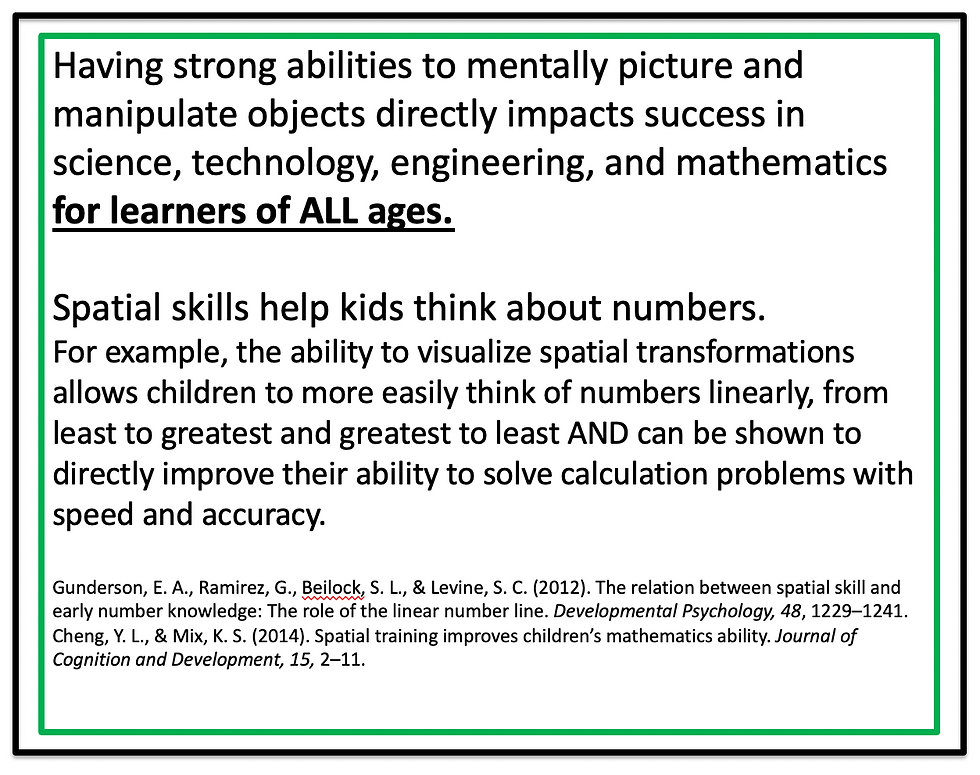We reviewed angles and protractors today.
Students cut out 2 circles. Through folding and reviewing 360 degrees, they labelled the 90 and then the 45 degree increments.
We then moved to the second circle and through folding to 90 and then to 3 30's they labelled the 30 degree increments.
We pushed a pin and then a pencil through the centre of each circle to be able to now start from the centre to use the "protractor" to fairly accurately measure out some angles.
We found 2 ways to draw angles. Start from the centre and join three points on your page.
But for some angles you could fold the circle sections out of the way and trace from the circle itself.
Using the circle keeps a focus on the reflex angle. The other side of the circle so that students develop a more robust understanding of angles. And they practice the mental math of determining what the "outside" angle is. Every interior angle automatically has an outside angle to bring it back to 360. This reasoning resonates with inverse thinking.
We also drew and compared the 30 and 45 degree angles. (In different positions so that students get over the misconception that angles have to sit in a certain position.)
As we were reviewing the relationships in the circle folds we also reviewed some fraction equivalence. To create the 30 degrees we needed to divide fourths into 3 equal parts which meant we created 12ths.

BE CAREFUL with your language. WE did not divide fourths into thirds (many students are seeing this when you say it that way 1/4 ÷ 1/3) we divided fourths into 3 equal parts which is the relationship between 1/4 ÷ 3 and 1/4 x 1/3 each of which results in 1/12.
Then we set out to measure angles in the wild. What can you find on a trip outside that you can measure with your protractors? What can you find in the classroom that you can measure?
How could you combine angles to draw a 75 degree angle?
165 degree angle?
How about a 255 degree angle?
























Comments